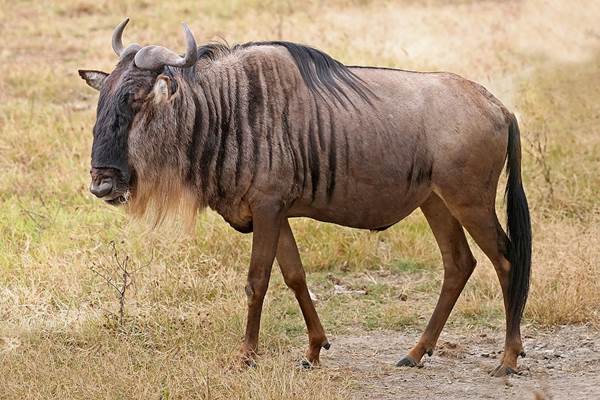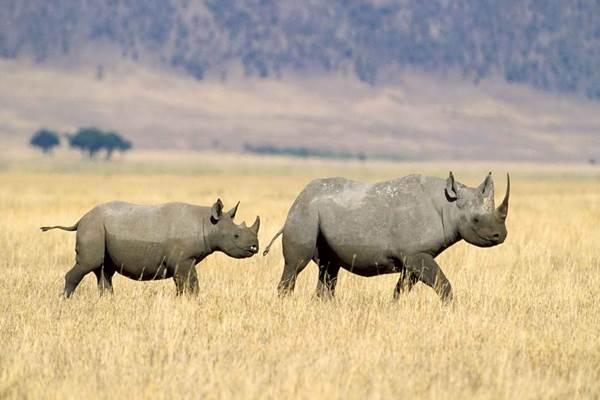Tarangire National Park Overview
The name derives from Tarangire River that cuts through the park supplying all plant- and animal life with water. One of the largest colonies of baobab-centenarians can be found in Tarangire National Park. When the dry season comes to Tanzania, herbivores migrate to the river seeking salvation from drought. The herds of wildebeest, zebra and buffalo hovering at the edges of dried-up riverbeds attract lions and leopards. And they all await elephants who dig holes in the riverbeds to get at ground water. Tarangire National Park fees are set by the Director General of Tanzania National Parks.
Wildlife of Tarangire
Tarangire National Park is famous for its elephants. They can often be seen cooling peacefully in the shade of age-old baobabs, using their massive feet to dig holes in the sand in search of water or holding off predators who are sometimes tempted to bring down a calf. The park is also home to large carnivores: lions and cheetahs lazing in the shade; the deceptively sleepy leopard observing its surroundings from a perch high up in a tree; hyenas- ever in search of food. Here you will also find giraffes, zebras, Thomson's gazelles, mongooses and even rare gerenuks.
You will see

Wildebeest

Rhino

Leopard
Interesting Facts about Tarangire National Park
Tarangire National Park is of utmost interest in the dry season – from July to October – when wildlife, including large elephant herds, do not stray far from the river bed. Elephants need between 100 and 300 liters of water a day to survive and the holes they dig in the sands of the river are the only source for hundreds of square kilometres. Tarangire National Park, being the nesting grounds for a large number of bird species, also provides great opportunities for birdwatching. Kori Bustard - the largest living flying bird reaching 20 kg - is one of the species that is often seen here. Hornbills abound and some endemic species, including the Yellow-Collared Lovebird, are also to be found in this area. Walking safaris and night game drives are on offer for travellers who choose to spend a few days in this park.